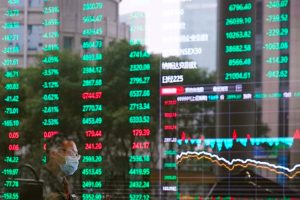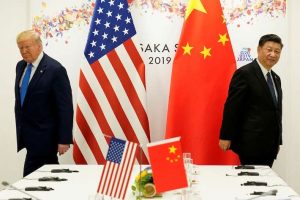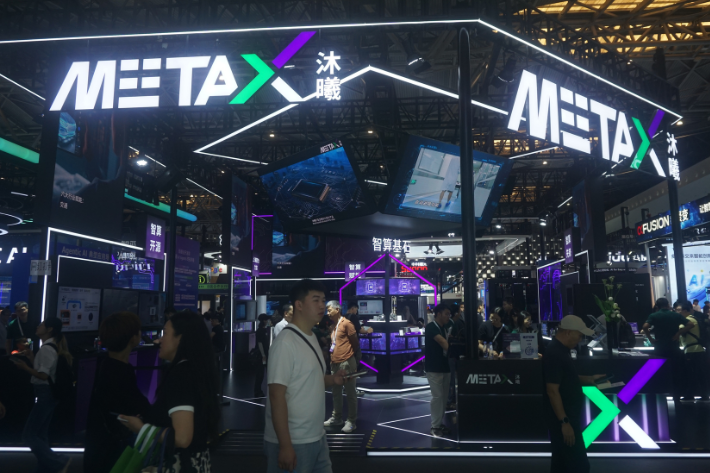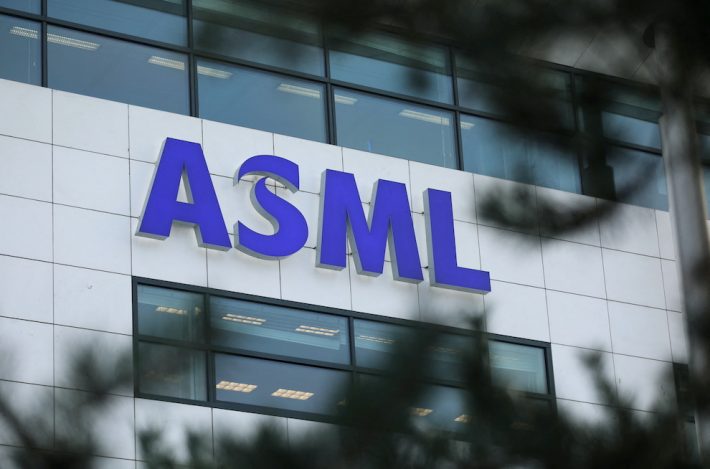As an appetite for deal-making in Asia grows, so too will demand for protection against the risks of mergers and acquisitions transactions
In the past decade, Asia has become a hotbed for mergers and acquisitions (M&A) transactions.
Several factors have attributed to this, including attractive growth fundamentals, an increased focus by global investment firms, and a relative strong recovery from the pandemic.
According to Mergermarket, Asia Pacific deal values were 28.7 per cent higher in Q1 2021 than the same period a year before, with $163 billion in deals done. A significant part of this is in the attractiveness of China, especially Hong Kong, for financial services, accounting for over a third of the region’s deal count.
Also on AF: Energy consumption a new factor in global CBDC race
M&A transactions do not come without risks and uncertainties. Caveat emptor, or the principle of ‘buyer beware’, remains the prevalent practice today that places the onus on buyers to conduct due diligence on the company or assets to be acquired.
Threats of litigation by disgruntled employees, tax audits spanning many historical financial years, or a collection of non-provisioned trade receivables are just a few examples of risks that can be uncovered.
Diligently checking before buying enables buyers to accurately evaluate and make the business case for potential acquisitions. Sometimes, identified risks alter the risk profile drastically, in extreme cases, even causing the buyer to pull the plug on the M&A process completely.
However, while due diligence is essential in determining the risk profile of target companies, it does not identify all risks. Therefore, buyers would extract a list of representations and warranties (R&W) from the sellers with respect to material facts relating to acquisition.
UNIDENTIFIED RISKS
This means that sellers are still on the hook in the event that unidentified risks surface post-acquisition which make these R&W inaccurate.
Some examples of R&W given by sellers can include: title and capacity of the seller to enter into the transaction; condition of assets required to operate the target business; financial statements and tax.
R&W are not static and evolve in line with market standards, for instance, it is becoming much more common to require R&W on various sustainability-related matters.
In case of a breach of R&W, the buyer would typically have to claim against the seller for any losses incurred. Examples of such breaches post-acquisition include misstatements of financial performance – for example, ‘the projected revenues from the acquired company were overstated’; undisclosed tax matters – for example, ‘a finance manager omitted to disclose an audit of the tax authorities in certain countries’; or non-compliance with regulatory issues if, say, ‘the local authorities in a certain country refused to renew a licence last year’.
ACQUISITION VALUATIONS
Though low in probability, given that due diligence would have flushed out most issues, depending on the nature of such breaches, they could have a significant impact on the valuation of the acquisitions.
Further, a buyer may be concerned about the financial and solvency strengths of a seller to meet post-completion obligations under the purchase agreement.
It is not uncommon in Asia to see part of the sale price set aside in an escrow account, which is an inefficient use of capital. A seller, on the other hand, may be seeking a ‘clean exit’ from their investment, meaning minimal post-completion risks and liabilities.
This is where the little-known world, at least in Asia, of warranty and indemnity (W&I) insurance comes into play, becoming an essential tool for deal parties and their advisors in modern-day deal-making.
R&W BREACHES
W&I insurance is a solution that provides cover against financial losses from a breach of R&W. It is invaluable in terms of facilitating transaction negotiations and enabling the most complex of deal structures to proceed by transferring the risk of financial loss arising from breaches of R&W from the buyers and sellers of a transaction to the insurance market.
Buyers and sellers will no longer have to participate in drawn-out, litigious engagements. Instead, a buyer or seller can claim against their insurance policy in case of losses arising from covered breaches of R&W.
These policies will be backed by established insurers with solid track records of dealing with claims fairly, collaboratively and transparently, compared to one-off interactions with sellers.
As M&A transactions grow in complexity and scale, the isolation and transfer of unknown transaction risks is the main reason why the popularity of W&I insurance is on the rise. Although there are differences in underwriting and coverage subject to the sector, jurisdiction and deal size – a W&I insurance policy essentially offers a degree of certainty and backing for R&W given by a seller in the transaction.
UNDERINSURANCE GAP
W&I insurance has drastically altered the views of dealmakers on the allocation of unidentified risks, allowing them to place a fixed cost on a contingent liability. Yet, there is still little awareness in Asia around the need for such products, leading to a significant underinsurance gap.
Unlike North America, the Pacific and Europe, a relatively low proportion of Asian M&A transactions have W&I insurance cover – often only when private equity funds are involved as either the buyer or seller – in place.
Nonetheless, as W&I insurance continues to prove itself as an effective tool to mitigate against M&A risk in other parts of the world, it will only be a matter of time before it catches on in Asia. As the appetite for deal-making in Asia grows, so too will demand for protection against M&A risks.
- Martijn de Lange is a Managing Director at BMS Group Asia
Read more:
The slow-motion reverse Asian crisis as strength brings weakness
























